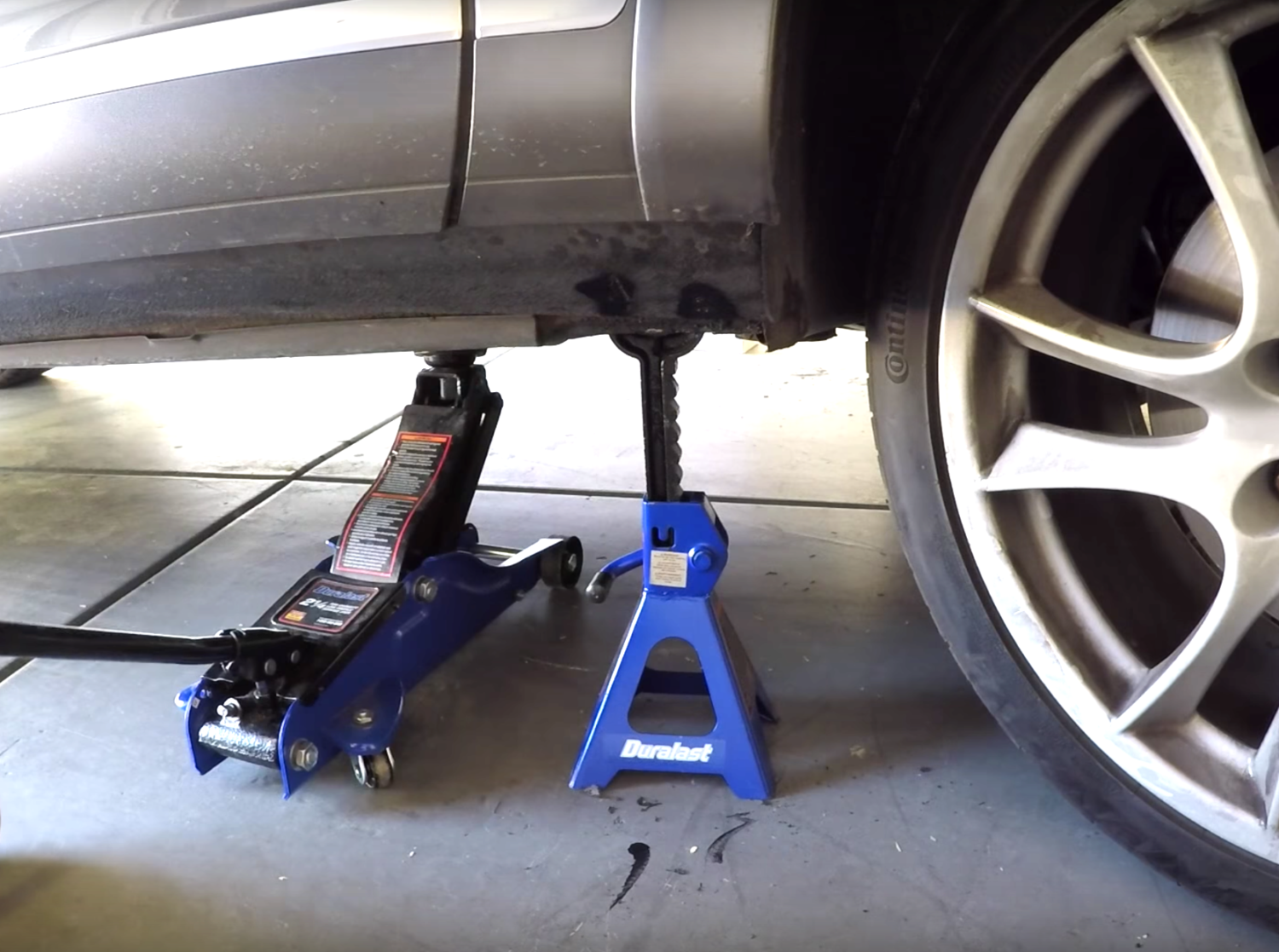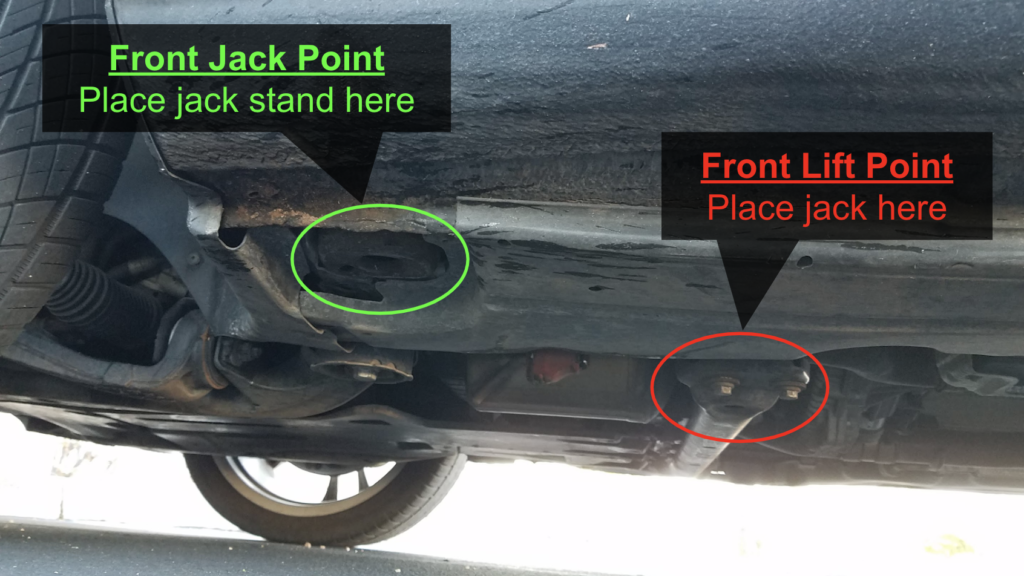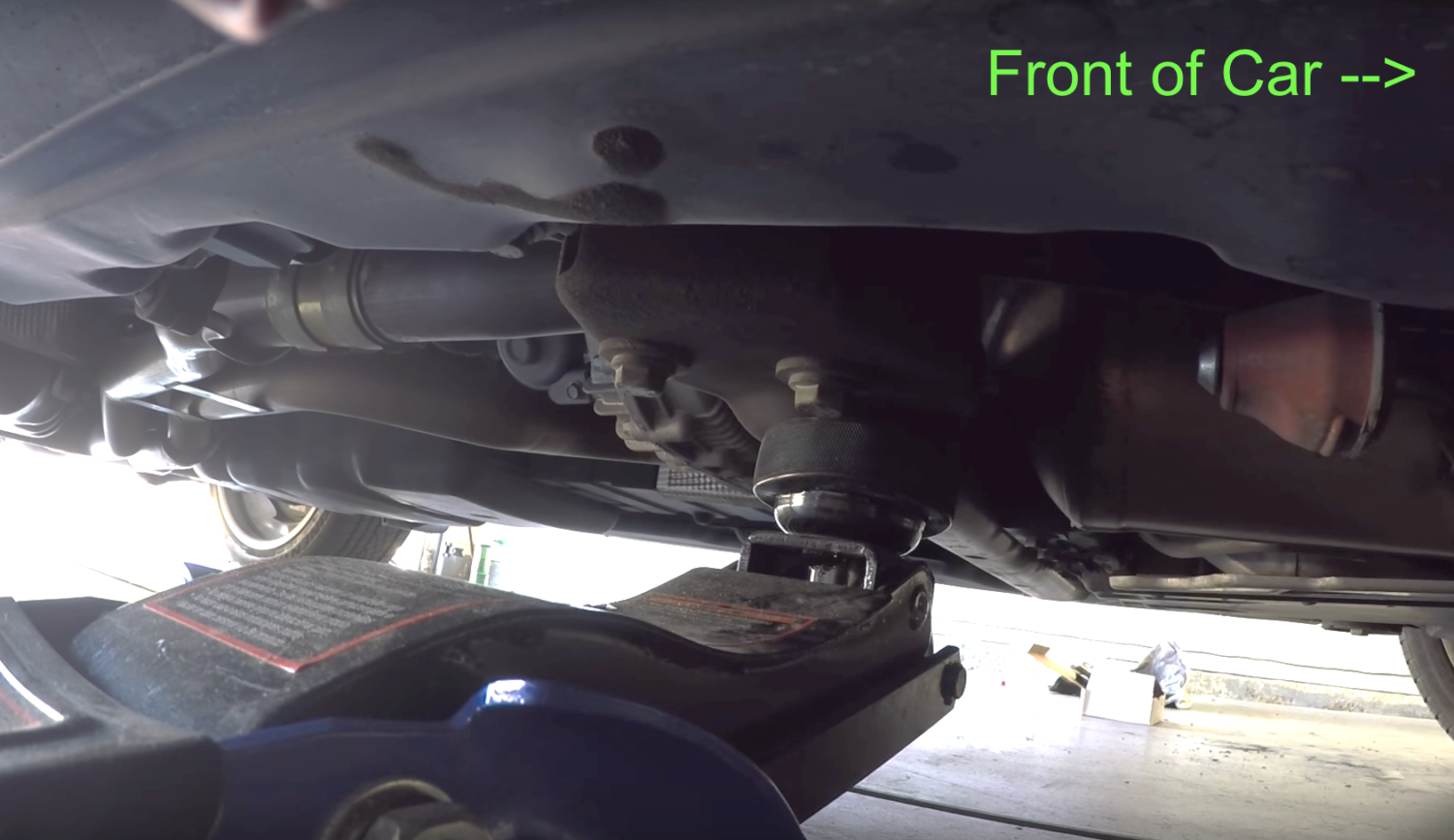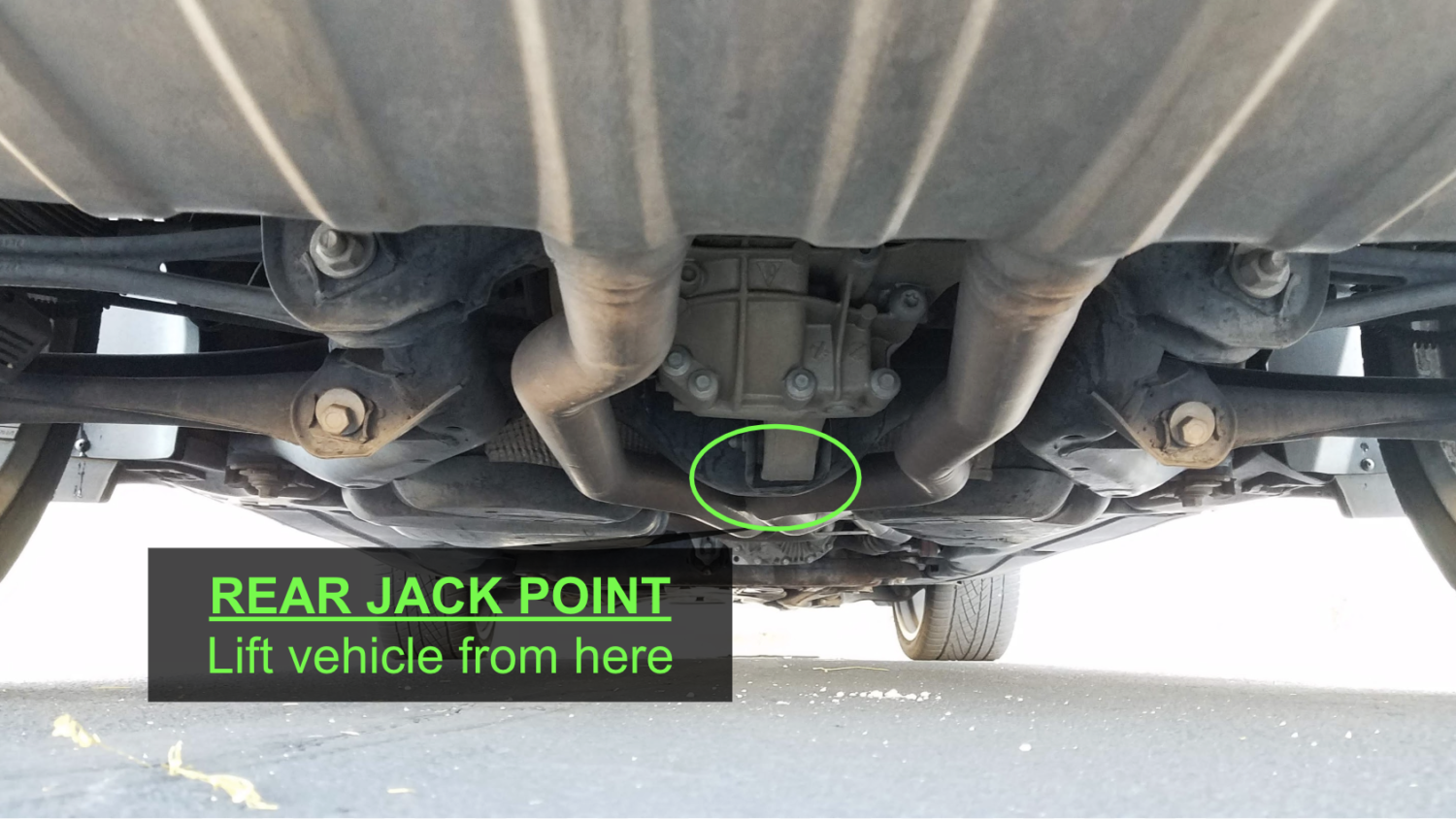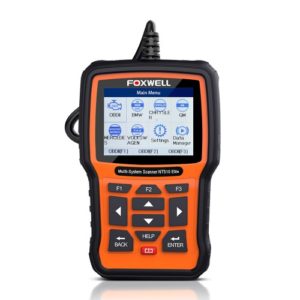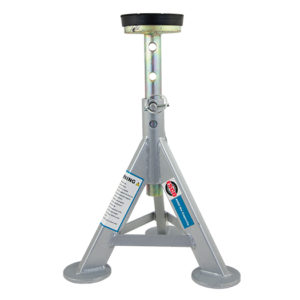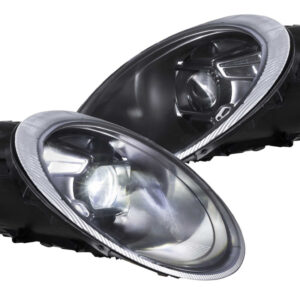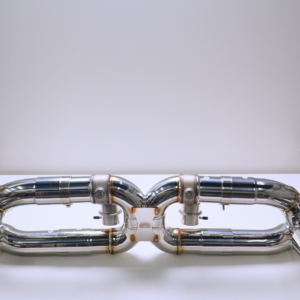Engine oil is vital to your car’s engine. It’s primary function is to protect internal moving parts by providing lubrication to reduce friction and metal on metal contact. Over time the oil loses its critical properties, so regular replacement of the oil and filter are essential to maintaining your vehicle’s engine.
Volkswagen recommends changing the engine oil and filter every 10,000 miles or 1 year. However, we recommend replacing your engine oil every 5,000 miles if you want to keep your engine healthy for years to come. While it may be intimidating to work on your VW, changing the oil and filter isn’t much different than on other vehicles. This is a great entry-level maintenance procedure that you can perform yourself and save yourself money on year after year.
To perform this DIY, check out the tutorial above from YouTuber, Full Octane Garage. While the video covers a 958 Diesel model, the procedure is nearly identical on the Touareg Hybrid models. Detailed steps can be found below.
- 36MM Oil Filter Cap Socket
- Metric Hex Bit Socket Set, 3mm to 10mm (8mm hex bit socket for oil drain plug)
- Safety Glasses
- Disposable Gloves
- Mechanic’s Tool Set
- 3/8 Inch Drive Click Torque Wrench (10-80 ft.-lb.)
- Magnetic Torx Screwdrivers Set, T5 to T40
- Oil Drain Pan, 16 Quarts Capacity
- Long Neck Fluid Funnel
- RhinoGear Vehicle Ramp – Set of 2 (12,000lb. GVW Capacity)
Engine oil capacity: 6.8 liters (6.5 liters for 2011 S Hybrid)
Oil filter cap: 19 ft-lbs
Oil drain plug: 22 ft-lbs
Step 1: Prepare your vehicle and work area.
- Drive the car for 5 minutes to warm up the engine. This will help the engine oil drain more easily.
- Position vehicle on a flat surface.
- Gather required tools and parts
- Put on gloves and eye protection.
- Open the hood and remove the oil fill cap, which will help the engine oil flow more easily.
Step 2: Raise the front of your vehicle to give yourself extra clearance.
- If you have air suspension, simply raise your car to the highest ride height.
- If not, raise the front of vehicle via vehicle ramps or jack stands.
- Be sure to use wheel chocks and the parking brake to prevent your car from rolling.
- To get jack stands on the front jack points, jack the vehicle by the center cross member as shown in the photos.
- NEVER rely on a jack to support your vehicle.
- Note: If you have air suspension and decided to jack up the car, you will need to lock the air suspension by starting the car and holding the air suspension button up for 10 seconds. You will see an indicator pop up on your gauge cluster.
Step 3: Remove the underbody trays.
- Remove front underbody trays, which are held on by several Torx screws.
Step 4: Remove the oil drain plug and drain the engine oil.
- Locate the oil drain plug which is on the black oil pan above the crossmember; place a drain pan underneath.
- To prevent getting the crossmember below the oil drain plug dirty, cover it in aluminum foil.
- Remove oil drain plug using an 6mm hex bit socket; be sure to grab the plug so it doesn’t fall into the drain pan.
- Allow the engine oil to drain for 15 minutes.
Step 5: Remove the engine oil filter cap.
- The motor on the Cayenne hybrid is very similar to the V6 motor found in the Audi Q5.
- While the oil is draining, as shown in the video from Oak Hollow Garage, locate the oil filter housing in the engine bay.
- To reveal the oil filter housing, remove the plastic engine cover by simply pulling it.
- Place paper towels around the oil filter cap to prevent spillage.
- Use a 36mm socket to remove the oil filter cap.
Step 6: Replace the engine oil filter.
- Remove the old engine oil filter.
- As shown in the video, use a small metal pick or flat head screwdriver to replace the o-ring seal on the oil filter cap.
- Also replace the o-ring seal on the oil filter housing (on the engine).
- Apply a light coating of fresh oil on both o-ring seals.
- Insert the new oil filter into the oil filter housing cap.
- Reinstall the oil filter cap and torque it to 19 ft-lbs.
Step 7: Re-install the oil drain plug.
- After allowing the oil to drain for 15 minutes, screw in the oil drain plug and a brand new crush washer by hand initially.
- Torque it the drain plug to 22 ft-lbs.
- Note: Be sure to use a brand new crush washer or you engine oil may leak. If the current oil drain plug is in good condition, you can re-use it. If not, replace it.
Step 8: Add new engine oil.
- Now it’s time to add engine oil.
- The engine oil capacity is 6.8 liters, but start by adding 6 liters to prevent from overfilling.
- Ensure there are no leaks from underneath the vehicle.
Step 9: Re-install the underbody panels and lower the car back down.
Step 10: Top off the engine oil as needed.
- Take the car for a short drive and get the engine oil up to operating temperature.
- Park your car, turn off the engine, and allow the car to sit for 5 minutes.
- Open the hood and check the engine oil level using the dipstick.
- To do this, pull the dipstick out and wipe the tip dry with a clean paper towel.
- Reinsert the dipstick all the way, remove it, and check the oil level.
- The difference between the “min” and “max” levels is ~1.5 quarts.
- If necessary, add oil in 0.25 quart increments and recheck the oil level until the engine oil level is between the minimum and maximum levels.
Step 11: Reset the service indicator.
- Reset the service indicator as shown in the video Motor Vehicle repairs.
- With the ignition on, press the CAR Infotainment button.
- Tap the Service function key on the screen.
- Then tap the Reset Interval Service function key and confirm.
Step 12: Clean up your work area.
- Put your used engine oil in a container and take to your nearest auto parts store to recycle during your next trip.
- Clean up your work area and put up your tools. You’re all done!
